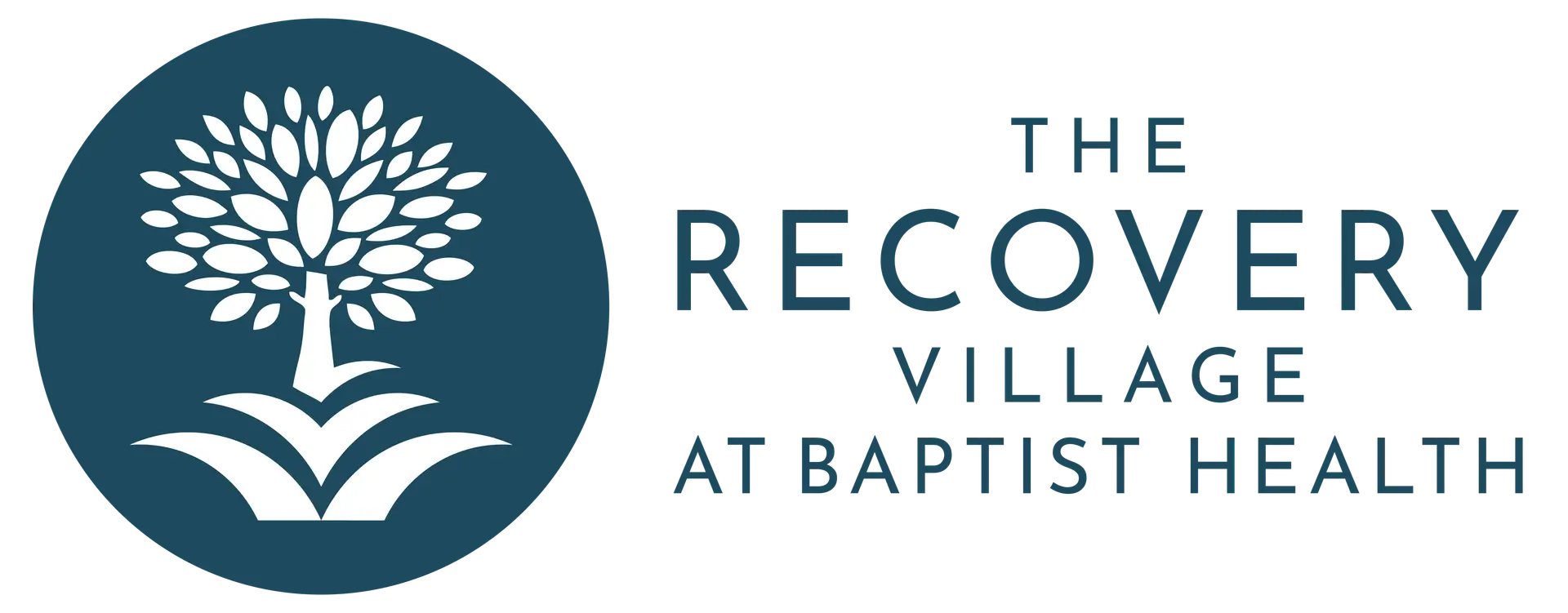Someone experiencing dry drunk syndrome may show symptoms related to unhealthy emotions, attitudes and thinking patterns.
“Dry drunk” is a colloquial term sometimes used in the addiction treatment world. While dry drunk may not be an official diagnostic term, its symptoms can impact your health and well-being during recovery.
Dry Drunk Definition and History
The history of the term “dry drunk” dates back to the 1960s. The term’s origin is usually tied to conventional wisdom in AA (Alcoholics Anonymous). In general, dry drunk refers to emotions, attitudes and unhealthy thinking patterns among those recovering from alcohol addiction.
Dry drunk behavior originates from the distress of unaddressed emotional and psychological problems from the past. In many cases, these are the same problems that led to alcohol misuse in the first place, and they remain even once a person stops drinking.
Treatment Can Be Life Changing. Reach out today.

Causes of Dry Drunk Syndrome
When a person develops dry drunk syndrome, it is often believed that these symptoms appear because they are not fully engaged in treatment. Perhaps they drop out of a treatment program or complete an alcohol detox program but do not engage in ongoing services, such as counseling, to address underlying issues that led to alcohol misuse.
Dry drunk syndrome can also occur when a person doesn’t take treatment seriously or is not applying the skills learned during treatment. For example, when a person stops attending support group meetings, begins bottling up emotions and neglects to practice self-care by eating a nutritious diet and getting plenty of sleep, they’re prone to dry drunk syndrome. These behaviors also place them at risk of relapse.
Dry Drunk Symptoms and Behavior
A person experiencing dry drunk syndrome will show signs related to unhealthy emotions and thinking patterns. Some common dry drunk symptoms include:
- Impulsive behavior
- Difficulty making decisions
- Appearing selfish or self-absorbed
- Extreme impatience
- Dishonesty
- Feelings of boredom
- Being harsh toward other people, and in some cases, toward oneself
- Mood swings
- Appearing distracted or disorganized
- Detaching from others
- Blaming other people for personal faults
- Dropping out of treatment
- Longing to consume alcohol
How Loved Ones Can Help
If someone in your life is showing dry drunk behaviors, you can step in and help. You might begin by expressing your concerns about them. Be prepared to mention specific behaviors that concern you, such as noticing that they seem distracted and haven’t been spending time with family.
It can also be helpful to encourage your loved one to participate in counseling and offer your support in finding a treatment program. Beyond professional intervention, offering to spend time with your loved one by exercising together or engaging in a shared hobby, boosting their mood and taking their mind off drinking or emotional problems is beneficial.
Dry Alcoholic Treatment Options
If you or someone you love has symptoms of dry drunk syndrome, treatment can help. Participating in a counseling program or attending support group meetings can help you address underlying issues, such as depression, anxiety, trauma and social problems, contributing to dry drunk symptoms or alcohol addiction.
The Recovery Village at Baptist Health is here to help those seeking Florida addiction rehab services. Our inpatient medical detox and rehab center is in Lake Worth, just outside Palm Beach. We offer evidence-based programming to help patients overcome addiction and co-occurring mental health disorders. Contact a Recovery Advocate today to begin the admissions process.


